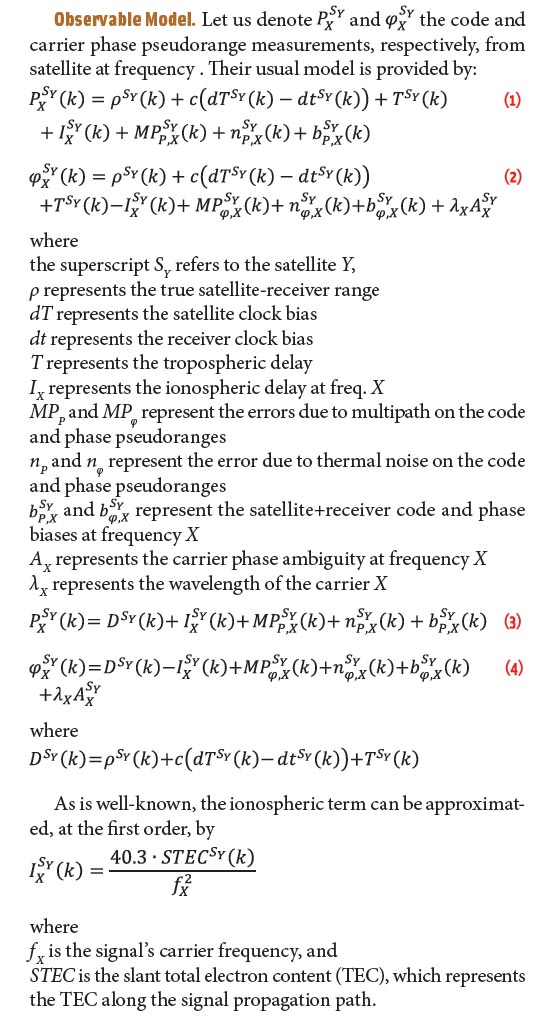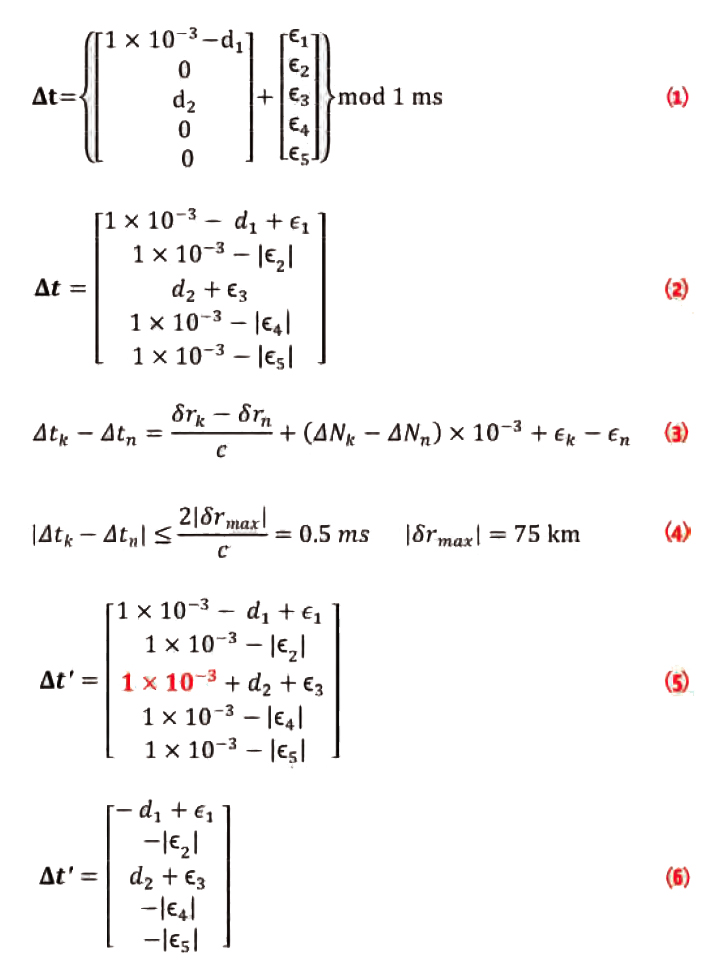Return to main article: “Expanding EGNOS Horizons”
By Inside GNSSReturn to main article: “Expanding EGNOS Horizons”
By Inside GNSSReturn to main article: “Expanding EGNOS Horizons”
By Inside GNSSReturn to main article: “Expanding EGNOS Horizons”
By Inside GNSSIt’s 10 p.m. somewhere over the vast oceans that comprise three-quarters of the Earth’s surface. Do you know where your airplane is?
Well, you could, but maybe you don’t.
The anniversary of the disappearance of Malaysia Airlines flight MH370 came and went in March with the fate of the Boeing 777 still unknown.
It didn’t have to happen.
By Inside GNSS One of 12 magnetograms recorded at Greenwich Observatory during the Great Geomagnetic Storm of 1859
One of 12 magnetograms recorded at Greenwich Observatory during the Great Geomagnetic Storm of 1859 1996 soccer game in the Midwest, (Rick Dikeman image)
1996 soccer game in the Midwest, (Rick Dikeman image)
 Nouméa ground station after the flood
Nouméa ground station after the flood A pencil and a coffee cup show the size of NASA’s teeny tiny PhoneSat
A pencil and a coffee cup show the size of NASA’s teeny tiny PhoneSat Bonus Hotspot: Naro Tartaruga AUV
Bonus Hotspot: Naro Tartaruga AUV
 Pacific lamprey spawning (photo by Jeremy Monroe, Fresh Waters Illustrated)
Pacific lamprey spawning (photo by Jeremy Monroe, Fresh Waters Illustrated) “Return of the Bucentaurn to the Molo on Ascension Day”, by (Giovanni Antonio Canal) Canaletto
“Return of the Bucentaurn to the Molo on Ascension Day”, by (Giovanni Antonio Canal) Canaletto The U.S. Naval Observatory Alternate Master Clock at 2nd Space Operations Squadron, Schriever AFB in Colorado. This photo was taken in January, 2006 during the addition of a leap second. The USNO master clocks control GPS timing. They are accurate to within one second every 20 million years (Satellites are so picky! Humans, on the other hand, just want to know if we’re too late for lunch) USAF photo by A1C Jason Ridder.
The U.S. Naval Observatory Alternate Master Clock at 2nd Space Operations Squadron, Schriever AFB in Colorado. This photo was taken in January, 2006 during the addition of a leap second. The USNO master clocks control GPS timing. They are accurate to within one second every 20 million years (Satellites are so picky! Humans, on the other hand, just want to know if we’re too late for lunch) USAF photo by A1C Jason Ridder.  Detail of Compass/ BeiDou2 system diagram
Detail of Compass/ BeiDou2 system diagram Hotspot 6: Beluga A300 600ST
Hotspot 6: Beluga A300 600ST

1. NAVSTAR GETS THE AX
Seal Beach, California
 Equations 1 – 4
Equations 1 – 4Working Papers explore the technical and scientific themes that underpin GNSS programs and applications. This regular column is coordinated by Prof. Dr.-Ing. Günter Hein, head of Europe’s Galileo Operations and Evolution.
By Inside GNSS Dr. John Fulton, Ohio State University
Dr. John Fulton, Ohio State UniversityNowhere has the fact that GNSS can guide things besides military weapons and transport manifested itself more profoundly than in agriculture.
While Google and automotive manufacturers struggle to figure out how to put autonomous vehicles on the highway, farmers have been using GNSS for well over a decade to guide equipment through their fields — along with a host of other ag-related, site-specific applications.
Indeed, GNSS — along with an array of other high-tech resources — is transforming agriculture at an accelerating rate.
By Inside GNSS Equations 1 – 11
Equations 1 – 11Q: How does a GNSS receiver estimate velocity?
A: Stand-alone single-frequency GNSS receivers represent the largest slice of the commercial positioning market. Such receivers operate mainly in single point position (SPP) mode and estimate velocity either by differencing two consecutive positions (i.e., approximating the derivative of user position) or by using Doppler measurements related to user-satellite motion.
By Inside GNSS Carlo des Dorides, El?bieta Bie?kowska
Carlo des Dorides, El?bieta Bie?kowskaLast January, the European GNSS Agency (GSA) announced a new invitation to tender for the role of Galileo service operator (GSOp). Speaking at the recent EU Space Policy Conference in Brussels, GSA Executive Director Carlo des Dorides called it the largest contract ever to be awarded under the Galileo program.
“It will shape the future of Galileo,” he said.
By Peter Gutierrez Prof. David Last
Prof. David LastThe U.S. government appears to be closing in on a decision about whether to revive plans for an enhanced Loran (eLoran) system, as a backup for the position, navigation, and timing (PNT) information provided by GPS signals.
By Dee Ann Divis